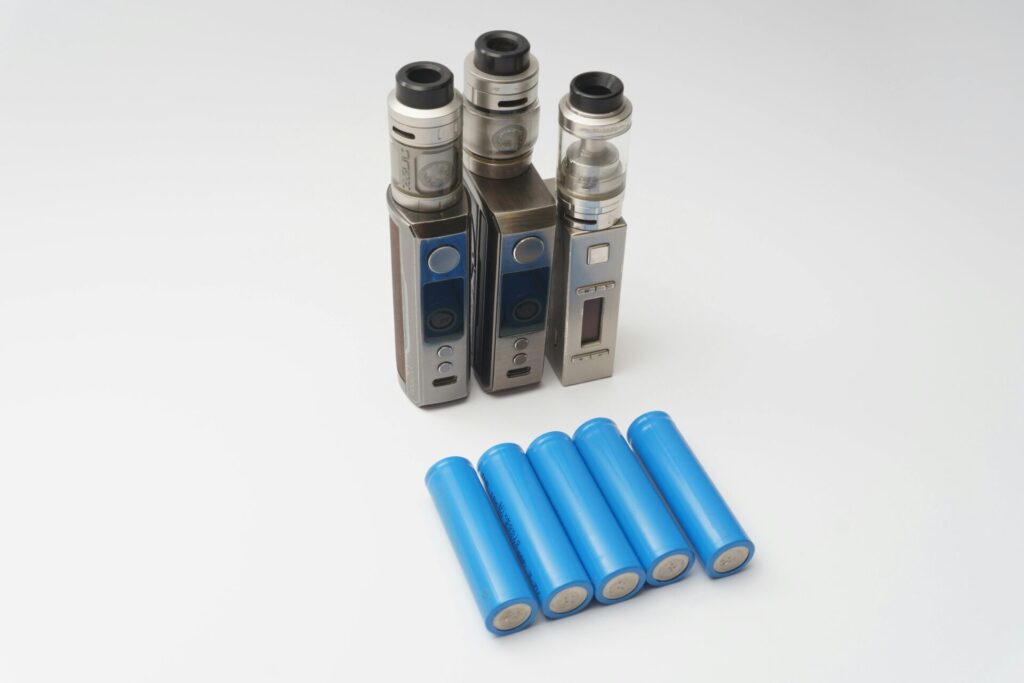What is Vaping and How Does It Work?
Vaping involves using a battery-operated device, commonly known as an e-cigarette, to inhale and exhale vapor. These devices, which may also be called mods, vapes, vape pens, e-hookahs, or tank systems, contain a liquid known as “e-juice” or vaping liquid. When heated, this liquid turns into vapor, which users inhale into their lungs.
You can find vaping liquid in two forms: a bottle with a dropper to refill the e-cigarette’s tank or pre-filled pods that fit into the device. Remember, inhaling vapor does not mean breathing in harmless water vapor; it involves a mix of substances and chemicals that may be harmful. Most e-cigarettes also include nicotine, a highly addictive substance found in tobacco. Additionally, you can vape cannabis using these devices.
Manufacturers often add various flavors to vaping liquids, such as mint, fruit, and chocolate, to make them more appealing, especially to young people.
What Are the Health Risks of Vaping?
Even brief periods of vaping can lead to several health issues, including:
- A sore mouth or throat
- Coughing
- Shortness of breath
- Nausea
Vaping exposes users to chemicals that can cause significant health problems, including lung damage.
Products containing nicotine and/or cannabis can:
- Disrupt brain development, which continues until about age 25
- Affect learning, memory, attention, and concentration
- Contribute to the development of learning and anxiety disorders
- Worsen symptoms of depression and anxiety
- Increase the likelihood of long-term use of cigarettes or e-cigarettes
Moreover, vaping liquids may contain high levels of nicotine, which can be dangerous if ingested, inhaled, or if it contacts the skin or eyes. If you choose to vape, ensure you keep the device safely away from young children and pets.
If you suspect nicotine poisoning in yourself or someone else, call the Ontario Poison Centre at 1-800-268-9017. They can guide you on what symptoms to watch for and whether medical attention is necessary.

What Are the Laws About Vaping?
Federal, provincial, and municipal laws work together to ensure your protection regarding vaping. In Ontario, the Smoke-Free Ontario Act, 2017, sets several important regulations:
- Selling or Supplying: It is illegal to sell or supply tobacco and vaping products to anyone under 19 years of age.
- Using Fake IDs: Using a fake ID to purchase tobacco or vaping products is prohibited.
- Restrictions on Use: You cannot use an activated e-cigarette or vape in certain locations, including public areas within 20 meters of school grounds, playgrounds, or community recreational facilities.
- Vaping in Vehicles: Vaping is not allowed in cars or other motor vehicles when anyone under 16 is present.
Understanding these laws and the health impacts of vaping can help you make informed decisions about whether to vape.
References
Centre for Addiction and Mental Health. (June, 2020). Vaping and youth: A parent’s guide (PDF). https://www.camh.ca/-/media/files/vaping-youth-resource-en-pdf.pdf



